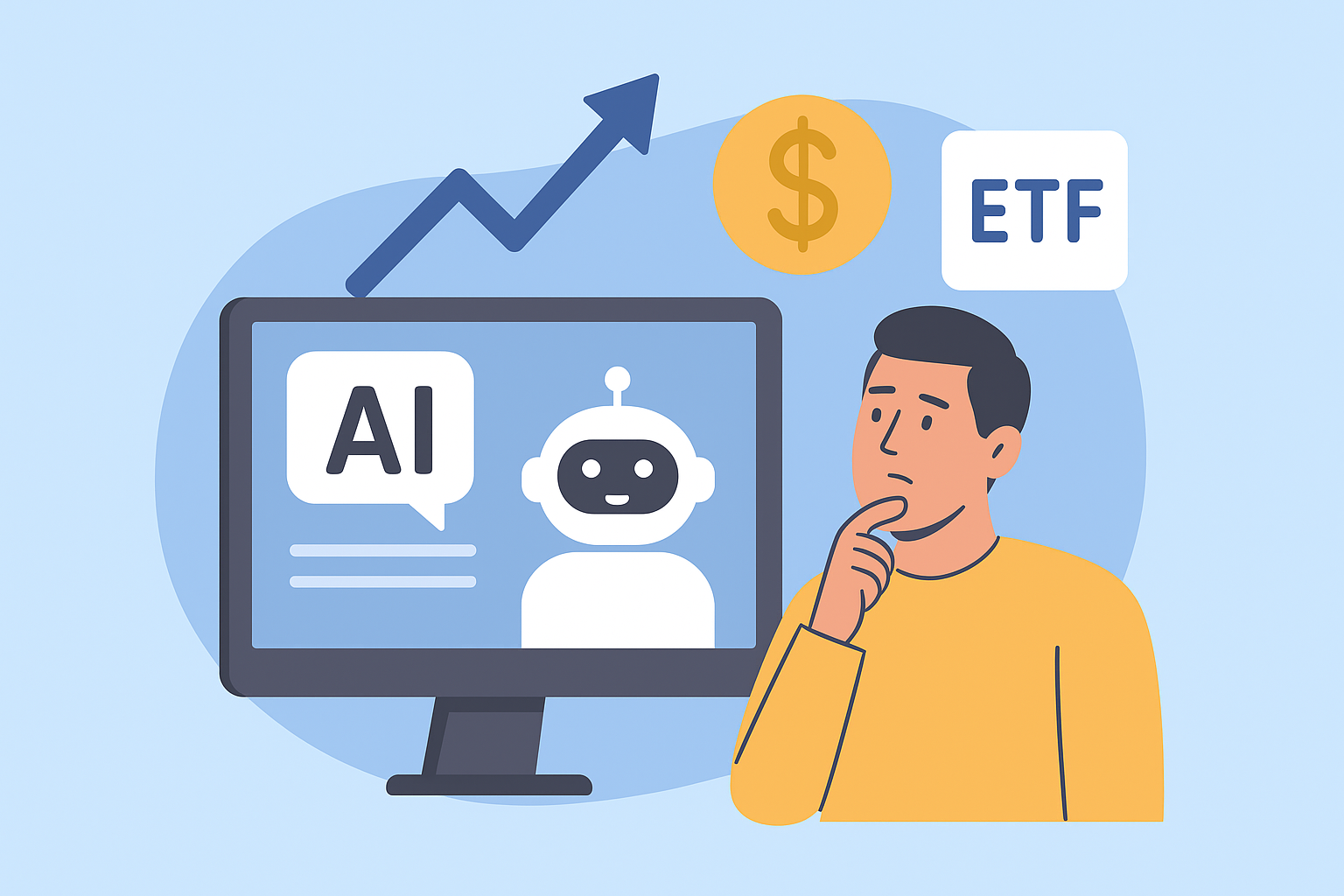The rise of artificial intelligence isn’t just reshaping industries—it’s now transforming how everyday investors make decisions. According to a recent survey cited by Reuters, roughly 13% of retail investors are already using ChatGPT or similar AI tools to guide their stock selections, signaling a significant shift in retail investing behavior. For markets long driven by sentiment, fundamentals, and momentum, the arrival of AI-powered investing introduces a new—and potentially destabilizing—dynamic.
Why This Matters for Investors
The adoption of AI tools among retail investors reflects a democratization of algorithmic trading. Until recently, quantitative models and AI-driven portfolio strategies were the domain of hedge funds and institutional players. Now, retail investors are tapping into large language models (LLMs) like ChatGPT to screen stocks, analyze earnings reports, and generate trade ideas.
Market analysts caution that this trend could create herding effects, amplifying capital flows into “model-friendly” stocks—companies with strong momentum, compelling growth narratives, or frequent coverage in financial data sources. As more investors lean on the same algorithms, price action could become more exaggerated, with overbought conditions forming quickly.
A report by Bloomberg Intelligence highlights that retail participation remains a crucial driver of market liquidity. If retail flows are increasingly dictated by AI models, divergence between fundamentals and consensus-driven price action may widen.
How ChatGPT Is Shaping Stock Picks
ChatGPT and similar tools are being used for more than just trade ideas. Investors are employing them to:
- Summarize financial reports quickly and compare key metrics across peers.
- Spot trends in macroeconomic data that influence stock sectors.
- Backtest strategies by running scenarios through historical datasets.
According to survey data, growth and tech names are the biggest beneficiaries. These companies often produce the kind of narrative-rich, data-heavy information that AI models thrive on. This explains why AI-assisted investing has seen strong inflows into sectors like semiconductors, cloud software, and clean energy stocks.
But experts warn that LLMs have limitations. As McKinsey points out, AI models are only as good as their training data and prompts. They are prone to bias, hallucination, and oversimplification of complex financial metrics—factors that can lead retail investors astray.
Systemic Risks and Opportunities
The mainstreaming of AI-driven investing carries both upside and systemic risk.
Opportunities:
- Retail investors gain access to professional-grade analytical tools at little to no cost.
- AI democratizes market research, leveling the playing field against institutions.
- Momentum-driven sectors may see increased liquidity, creating trading opportunities.
Risks:
- Overreliance on “black box” tools: Investors may follow recommendations without understanding underlying assumptions.
- Feedback loops: If a large share of investors buy the same AI-recommended stocks, markets could experience exaggerated swings.
- Disconnection from fundamentals: Earnings disappointments may hit harder if stock prices are inflated by AI-driven enthusiasm.
The SEC has already signaled its interest in monitoring the rise of AI in retail investing, with Chair Gary Gensler warning earlier this year that reliance on “opaque predictive models” could pose risks to market stability.
Future Trends to Watch
- Growth of AI-native robo-advisors – Expect fintech platforms to integrate LLMs directly into trading dashboards, creating personalized stock-screening bots.
- Crowding effects in popular sectors – Semiconductors, AI infrastructure, and clean energy may remain at the center of retail AI-driven flows.
- Regulatory oversight – Investors should prepare for new guidance around AI use in financial markets.
Key Investment Insight
For investors, the message is clear: AI is reshaping retail participation in markets. While early adopters may benefit from faster research and fresh perspectives, the risk of crowding and systemic volatility is real. Defensive positioning—balancing AI-driven ideas with traditional analysis—remains prudent. Watching where retail AI flows concentrate could also help investors anticipate short-term momentum trades.
The convergence of AI and investing isn’t a distant future—it’s already here. Staying ahead of how these technologies shift retail behavior may prove as important as tracking inflation or earnings season.
Stay updated with MoneyNews.Today for daily insights on how AI, markets, and global policy are reshaping investment opportunities.





